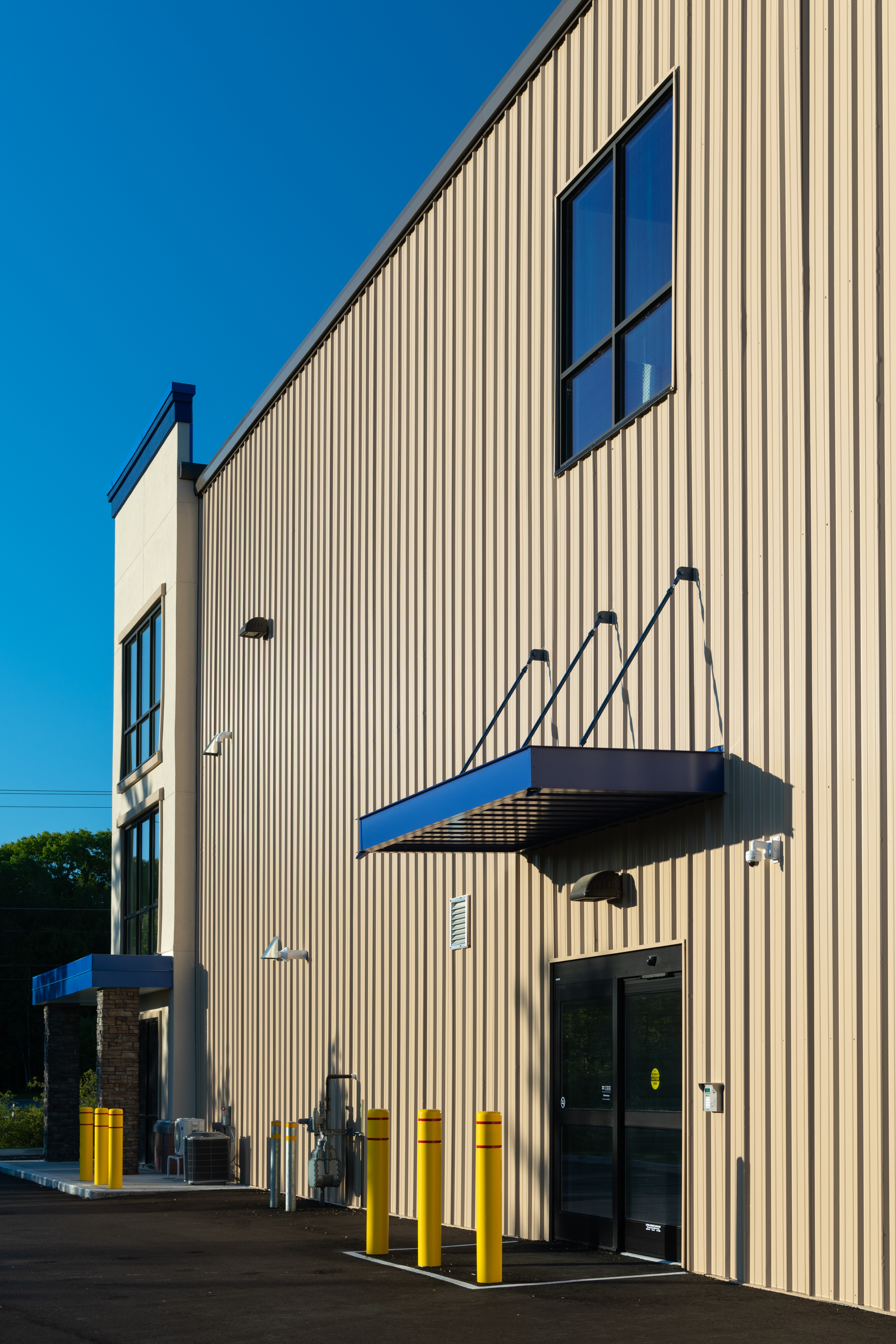
To prevent the spread of PWD, it is essential to develop an effective method to control these insects.Ī variety of synthetic chemical pesticides, including acetamiprid, thiacloprid, buprofezin, metham sodium, clothianidin, thiamethoxam, and fenitrothion, have been proposed to control PWD. saltuarius Gebler (Coleoptera: Cerambycidae), in East Asia 4, 5, 6. The pine wood nematode Bursaphelenchus xylophilus Nickle (Nematoda: Aphelenchoididae) is the only known agent of PWD and is transmitted from infected pine trees to healthy ones by the insect vectors, Japanese pine sawyer beetle, Monochamus alternatus Hope (Coleoptera: Cerambycidae) and M. Since these symptoms were first reported in North America (USA and Canada), this disease has spread further to Asia (Japan, China, Korea, and Taiwan), and, recently, Europe (Portugal and Spain) 3.

Pine wilt disease (PWD) is a fatal conifer disease that decolorizes and browns needles and eventually leads to death, affecting several species of pine trees ( Pinus spp.) and resulting in serious environmental and economic losses worldwide 1, 2. These results imply that MAP under optimized conditions could enhance the shelf-life of fungus-based biopesticides in fungus-colonized substrates formulations. Cold storage for technical concentrates formulation promoted extension of shelf-life of MAP-treated conidia.

MAP treatment in the high-barrier EVOH film under an atmosphere of 30% CO 2 + 70% N 2 achieved 80.5% viability of dried conidia (7.4% moisture content), with 44.2–64.9% viability recorded with the other treatments. Results revealed EVOH film as the best for the preservation of gases at all concentrations for 28 days. anisopliae-inoculated millet grains were treated in a MAP system with different packaging materials (polypropylene, PP polyethylene terephthalate, PET ethylene vinyl alcohol, EVOH), gas compositions (high CO 2 atmosphere, ≈ 90% high O 2 atmosphere, > 95% high N 2 atmosphere, > 95% 30% CO 2 + 70% N 2 50% CO 2 + 50% N 2 70% CO 2 + 30% N 2), and storage temperatures (4 and 25 ☌). The effects of various conditions on its stability were also examined. Herein, we investigated the efficacy of modified atmosphere packaging (MAP) to prolong the shelf-life of the M. The carbon emissions generated when the batteries were produced are spread sustainably across two service lives - that’s where “second life” comes in.Metarhizium anisopliae is a promising alternative to chemical pesticides against pine wilt disease caused by Bursaphelenchus xylophilus. Thus, they are ideally suited for use in stationary electricity storage systems. Depending on how they are used, the batteries could still have a remaining service life of one to ten years. At the end of their first life in the cars, they still have a residual capacity of more than 80 percent. The "second-life batteries" supplied for the project come from Audi e-tron development vehicles.


The reference storage system saves resources by making use of used high-voltage batteries and RWE creates a special combination of security of supply and sustainability by marketing the storage capacity. RWE has put an energy storage system, consisting of used lithium-ion batteries from Audi, into operation at the site of the pumped-storage power plant at the Hengsteysee reservoir in Herdecke, North Rhine-Westphalia.


 0 kommentar(er)
0 kommentar(er)
